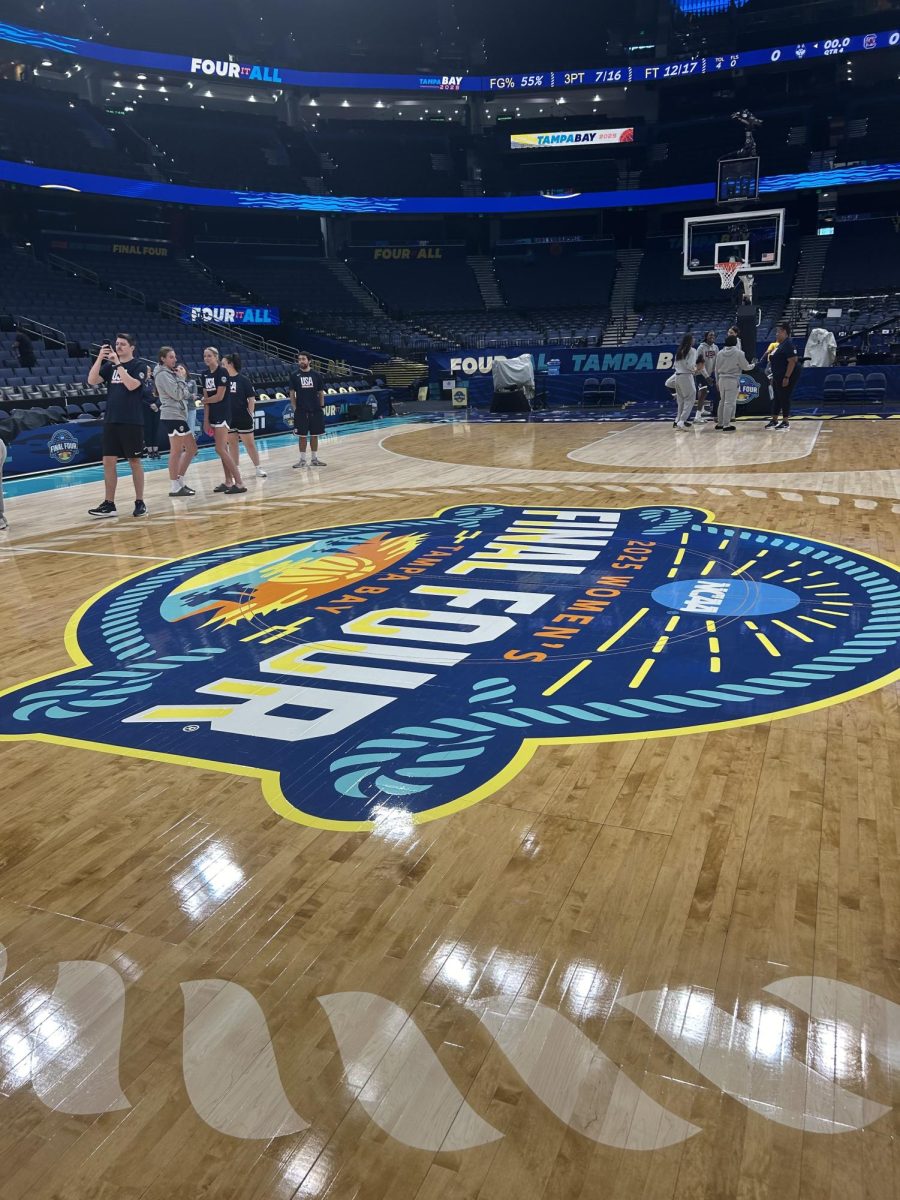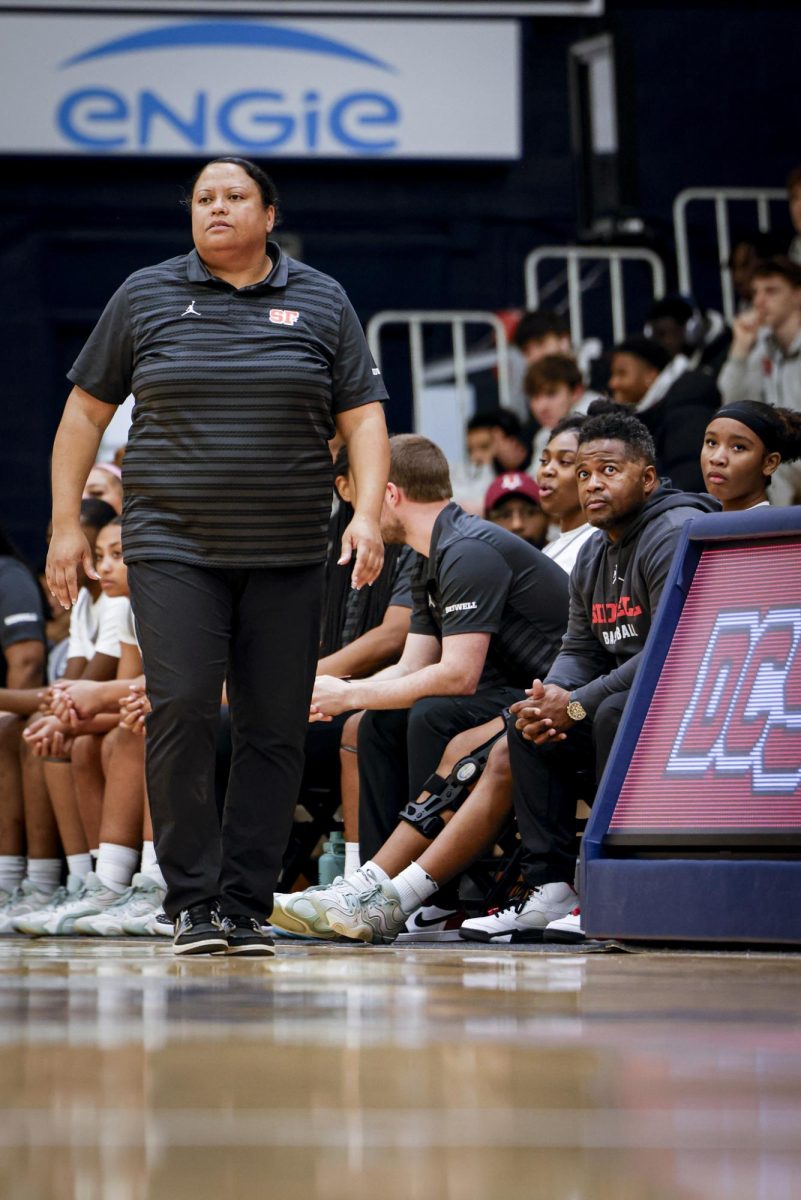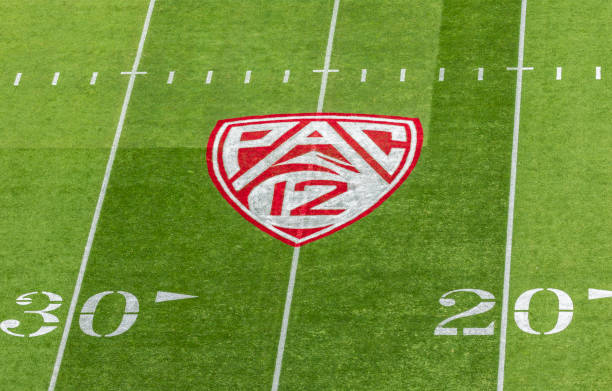As of Sept. 19, only two of the twelve universities in the Pac-12, a collegiate athletic conference, will remain in the 2024-2025 season. Since July 2022, schools have gradually withdrawn from the conference, leaving Washington State University and Oregon State University as the remaining holdouts.
The first two teams to announce their departure from the Pac-12 were University of California, Los Angeles (UCLA) and University of Southern California (USC). These two colleges decided to join the Big Ten Conference, which would give them more opportunities to go to the College Football Playoff consistently, so mething the Pac-12 was not providing.
The third school to leave the conference was University of Colorado, which declared it was leaving for the Big 12 Conference in July of 2022. After this, although the Pac-12 had lost three of their twelve schools, conference leadership was still optimistic about keeping their status as one of the Power 5 conferences by adding more schools.
However, on Aug. 4, 2023, the University of Oregon and University of Washington decided they were headed to the Big Ten, joining UCLA and USC. Later that same day, the Big 12 added University of Arizona, Arizona State University, and the University of Utah. This brought the total up to eight schools leaving the Pac-12 with only four remaining.
On Sept. 1, Stanford University and the University of California, Berkeley (Cal) announced that they would now be a part of the Atlantic Coast Conference, another major blow to the Pac-12. President of Stanford University Richard P. Saller said in a statement, “[s]tudent-athletes come to Stanford to pursue their highest academic and athletic potential, and joining the ACC gives us the ability to continue offering them that opportunity at a national level.” Although this may be true, both Stanford and Cal’s athletics are going to have to spend much more time and money on travel as a result of this switch.
One option for Washington State University and Oregon State University is to switch into the Mountain West conference, but that would take away their places as Power 5 schools. They could also stay in the Pac-12 and hope for a rebuild that involves adding more teams and increasing funding, though that seems unlikely.
One of the results of the COVID-19 pandemic is the reorganization of sports, including leagues like the Pac-12. The Pac-12 was not recognized as such until the academic year 2010–2011, although the origins of the conference can be traced back to 1915. The Pac-12 originally consisted of 12 west-coast schools: University of Oregon, Oregon State University, University of Utah, University of Colorado, Boulder, University of Southern California (USC), University of Arizona, Arizona State University, University of Washington, Washington State University, University of California, Berkeley (Cal), Stanford University and University of California, Los Angeles (UCLA). The conference, one of the NCAA’s Power 5, consists of 11 men’s sports teams and 13 women’s sports teams.
There are big financial incentives for universities to leave the Pac-12. The conference does not have a plan for future revenue beyond 2024, and the media rights deals in the Pac-12 do not come close to the other Power 5 conferences. For example, the Pac-12 earns $250 million dollars per year under their current contract, while the Big Ten’s contract brings in 1.15 billion dollars per-year.
Additionally, the Pac-12 consistently trails the other conferences in the most popular sports, namely men’s basketball and football. A Pac-12 team has not been a college football champion since USC in 2003 and 2004.
Although the 10 departed teams will experience logistical challenges, it remains to be seen if they make more money in the end.









































